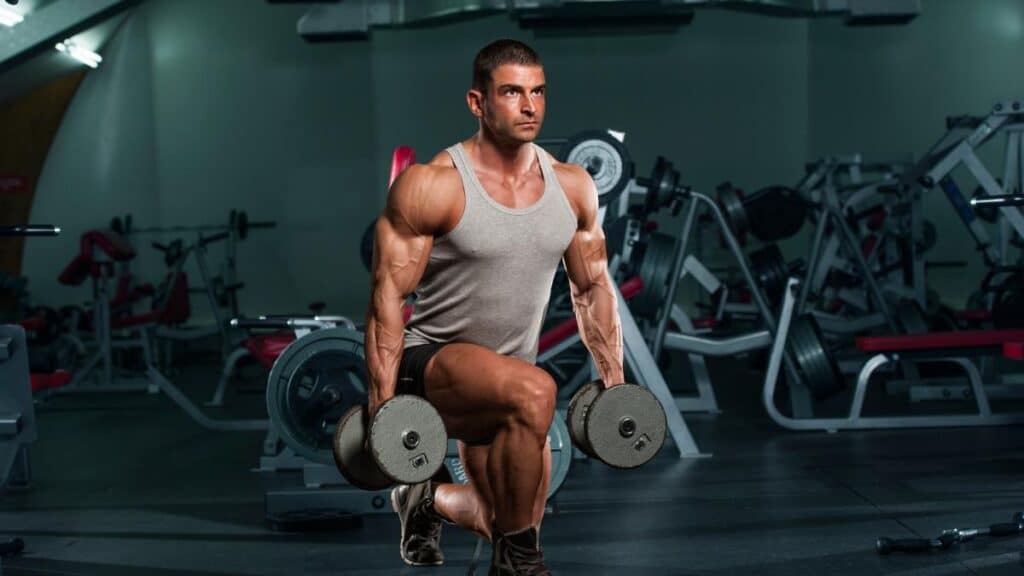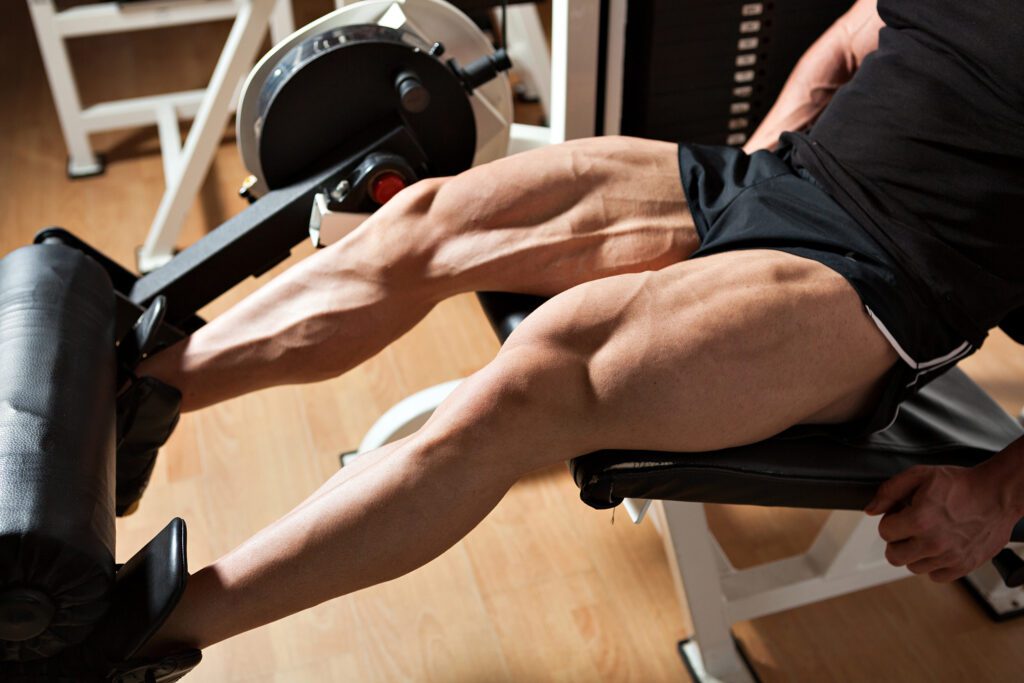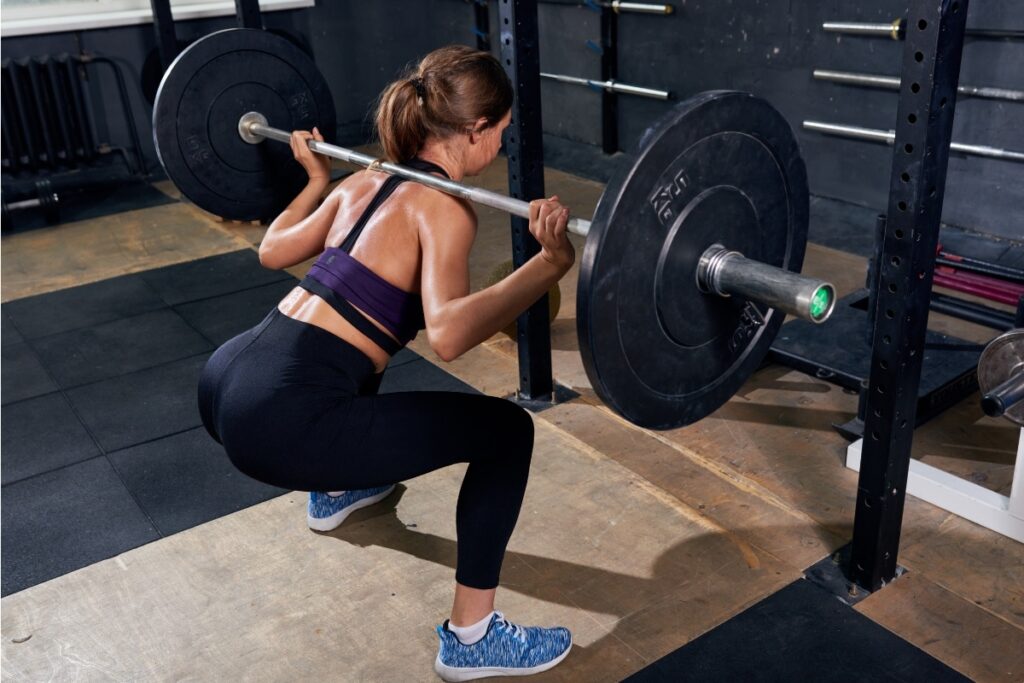Reverse lunges, short for reverse lunges, are a dynamic exercise that can significantly enhance your fitness regimen. This variation of the classic lunge targets major muscle groups and improves balance and coordination. In this article, we’ll explore reverse lunge techniques, benefits, and variations, providing a motivational guide to incorporate them effectively into your workout routine. Whether you’re a fitness enthusiast or just beginning your journey, mastering reverse lunges can be a game-changer for your physical health.
Understanding Reverse Lunges
Reverse lunges are an effective lower-body exercise that involves stepping backward into a lunge position. This section will break down the proper form and mechanics of the exercise, helping you perform reverse lunges safely and effectively to maximize their benefits.
To perform reverse lunges (rev lunges) correctly and safely, start by standing tall with your feet hip-width apart. Keep your back straight, shoulders relaxed, and gaze forward.
Shift your weight slightly onto one leg. Then, step backward with the other leg, lowering your hips until both knees are bent at about a 90-degree angle. The front knee should be directly over the ankle, not pushed out too far, and the back knee should hover just above the ground. Ensure your front foot remains flat on the floor. Engage your core throughout the movement to maintain balance and stability. Push through the front foot’s heel to return to the starting position.
This proper form ensures that the exercise targets the intended muscle groups, including the glutes, hamstrings, and quadriceps while minimizing the risk of injury. Remember to keep the movements controlled and steady and alternate legs to ensure balanced muscle development. By mastering this technique, you can fully reap the benefits of reverse lunges in strengthening and toning your lower body.
Benefits of Incorporating Reverse Lunges
The benefits of reverse lunges extend beyond just strengthening your legs. They engage your core, improve your balance, and enhance your stability. This part of the article will explore how reverse lunges can complement your fitness goals, from toning muscles to improving functional movements.
Reverse lunges are an exceptional exercise for complementing a wide range of fitness goals. For those aiming to tone and strengthen muscles, reverse lunges provide a targeted workout for the lower body, engaging the glutes, quadriceps, and hamstrings effectively.
This exercise promotes muscle growth and definition, helping sculpt a more muscular, more toned physique. Additionally, reverse lunges are instrumental in enhancing functional movements. They mimic everyday motions like stepping and bending, improving your ability to perform daily activities easily and reducing the risk of injury. The movement’s unilateral nature helps correct muscle imbalances and improve overall body symmetry.
The balance and coordination required for reverse lunges also contribute to better posture and core stability. Whether your goal is to build strength, enhance muscle tone, or improve functional fitness, reverse lunges can be a versatile and effective addition to your fitness routine, offering comprehensive benefits for beginners and seasoned athletes.
Variations and Progressions of Reverse Lunges
Incorporating variations and progressions of rev lunges is critical to keep your workouts challenging and engaging. We’ll introduce different ways to perform reverse lunges, such as adding weights or changing the tempo, to cater to various fitness levels and objectives. Reverse lunges can be adapted in several ways to cater to different fitness levels and objectives, making them a versatile component of any workout routine.
Starting with bodyweight reverse lunges is ideal for beginners to master the form and build foundational strength. As you progress, incorporating weights such as dumbbells or barbells can significantly increase the intensity and further challenge your muscles. Holding the weights at your sides or shoulder level, or even placing a barbell across your upper back, can add resistance, enhancing muscle engagement and growth. Another variation is adjusting the tempo of the lunges; performing the movement more slowly increases the time your muscles are under tension, leading to greater strength and endurance gains. On the other hand, adding a plyometric element, like a jump, can transform the exercise into a high-intensity move that improves power and explosiveness.
These variations prevent workout monotony and allow you to continuously challenge your body and adapt your training to meet specific fitness goals, whether it’s building strength, enhancing muscle tone, or improving cardiovascular health.
Integrating Reverse Lunges into Your Workout Routine
Reverse lunges can be seamlessly incorporated into your workout regimen. This section will provide practical tips on creating a balanced workout plan that includes reverse lunges, ensuring you get the most out of this versatile exercise.
Creating a balanced workout plan that includes reverse lunges requires a thoughtful approach to ensure you reap the full benefits of this versatile exercise. Firstly, integrate reverse lunges into a lower-body routine or a full-body workout, ensuring they are paired with exercises that target different muscle groups, like squats for quadriceps or deadlifts for hamstrings, to avoid overworking any single area. Consider the placement of reverse lunges in your routine; they can be used as a warm-up to activate the muscles, in the middle for strength building, or towards the end for endurance.
Pay attention to volume and intensity – start with a comfortable number of sets and repetitions, gradually increasing as your strength and endurance improve. On days focused on intensity, add weights or increase the speed of the lunges, while on recovery or endurance days, stick to body weight with higher repetitions.
Remember to include adequate rest between sets and ensure at least one full rest day in your weekly schedule for muscle recovery. Finally, complement reverse lunges with flexibility and mobility exercises to maintain a well-rounded fitness regime, enhancing performance and reducing the risk of injury. By incorporating these practical tips, reverse lunges can become a cornerstone of a balanced and effective workout plan.
Conclusion:
Reverse lunges are a powerful tool in your fitness arsenal. You can significantly enhance your physical fitness by understanding their technique and benefits and incorporating them into your routine. Embrace the challenge of reverse lunges and experience the transformation in your strength, balance, and overall athleticism. With dedication and persistence, reverse lunges can help you achieve your fitness goals and elevate your workout routine to new heights.




